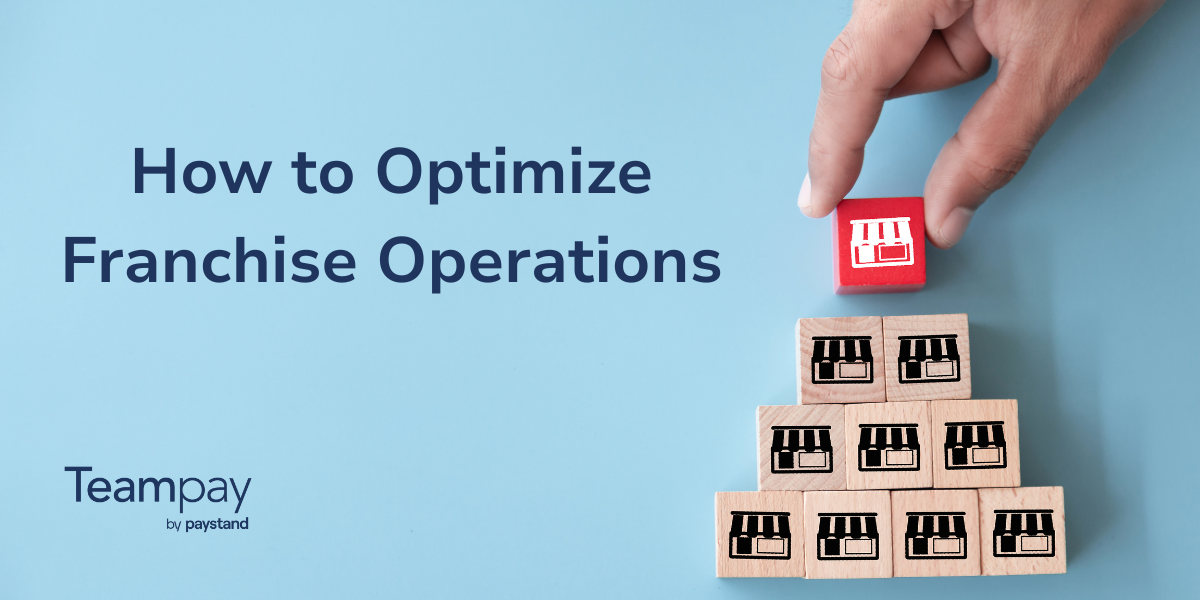Table of contents
Key takeaways
- End-of-month-close is easily one of the most stressful events of every month—but it doesn't have to be.
- Following these best practices for end-of-month close can boost cash flow, ensure your accounting system is accurate and up-to-date, and reduce time-consuming tasks.
- Tools like AI and automation can ensure your general ledger is always updated and accurate without sacrificing compliance or adding more to your plate.
Here at Teampay, the finance team has month-end close down to a science. Wondering how to perform month-end close efficiently?
How Long Should a Month-End Close Take?
Ideally, a month-end close should take 3-5 days, but many businesses struggle to stay within that range. In March, our financial management and accounting team completed our month-end close in just 5 days, a process which we have repeated since. Streamlining our month-end close was no easy feat, but has company-wide effects. After all, the sooner the finance team closes the books, the sooner the executive team can make timely and informed business decisions.
Here are five tactical steps and best practices you can use for a faster month-end close.
Month-End Close Best Practices for a 5-Day Close
1. Implement a month-end close organizational platform to create checklists, collaborate, and to assign preparers and reviewers that works best for your team.
Our finance team tried several tools before finding one that worked best for us, including project management tools not designed for month-end close and other platforms like Google Sheets and Calendar. While project management tools were appealing in theory, we found ourselves wasting time unchecking the tasks and moving the due dates from Saturday and Sunday to Monday and Tuesday. In order to save your team time, you need to find a month-end close -centered platform. Here's a list of some month-end close platforms to consider. When evaluating a month-end close platform, make sure to look for the features that impact your team the most. Our major pain points were around scheduling and checklists, so we focused our search on a platform that would solve both of those issues for us.
2. Set a realistic goal.
It may sound simple, but by setting a realistic goal, your team will be motivated to work harder. For example, if your close currently takes 10 days, try setting the goal to 9 days. If the team achieves 9 days and there is still room for improvement, set the next close goal to 8 days. (Don't forget to celebrate the team for their hard work first! ) Ask “Why?” and work with your team to identify bottlenecks and identify how to remove them.
3. Complete more tasks prior to month-end close.
“Continuous close” has become a recent buzzword but it's always been something our Controller, Robyn Wertman, practiced with her teams. Keeping your ERP updated daily is the best way to ensure a continuous close. Accounts such as cash, Accounts Receivable, and Accounts Payable can be reconciled weekly or even daily fairly easily with the correct integrations. This can be as simple as connecting your bank feed to QBO or selecting a billing system that integrates naturally with your ERP. If cash, AR, and AP can be checked off as reconciled on Day 1, addressing remaining areas in 4 days makes a 5 day close much more achievable.
4. Select an all-in-one spend management platform that offers real-time transaction syncing, visibility, and flexibility.
Our team uses our own product, Teampay, now Paystand AP & Expense, to manage our card spend, employee reimbursements, and Accounts Payable. It allows us to review all non-payroll spend in one place. We can review card transactions and employee reimbursements in real-time, weekly, and semi-weekly and make updates while having the assurance that any changes automatically sync to our ERP. There is no waiting until the end of the month (or worse - the 3rd day of the next month) for employees to “submit” their card spend or expenses like other platforms. Paystand AP allows us to process our vendor bills quickly and accurately. Our controller can even decide which Pending Approval vendor bills she wants to sync to our ERP. This allows our team to close out AP faster and with fewer vendor accruals. There's nothing worse than creating a large journal entry for costs you have in your AP platform but cannot sync to your ERP because they aren’t “approved” yet. Real-time transaction syncing makes this issue completely moot.
5. Select a financial reporting tool that is fairly easy to implement and can provide all of the reporting you require.
Our team uses a reporting platform that provides customizable MoM variance reporting, Budget vs Actual reporting, and allows us to share reporting securely with our department heads so that each audience sees only what is needed. We also use this platform to analyze the results of the close and identify any variances that need to be reviewed. We have the capability to drill down into our ERP at the transaction level within the reporting platform. Our department heads can even drill down to the transaction level from the reporting platform with no need to have a seat within our ERP. This platform has helped our team streamline the final review and distribute results to team leaders across the organization.

Our Finance team may be small, but we don't let that hold us back! We have worked together over the past few months to determine which areas can be most efficiently closed on which day and have distributed ownership of areas to allow us to work the most efficiently. The best part of executing month-end close in a shortened timeline is that it frees the Finance team to work on strategic initiatives, further automation, and other projects that bring greater value to the business.
Overall Best Practices for End-of-Month Close
Preparation & Planning
You know that month-close is happening…well, every month. Finding ways to optimize that process through planning, such as having a checklist, can help reduce delays. For example, there are certain tasks you know must be done every month, like:
- Collecting all financial documentation and data
- Verifying data and the ledger
- Reconciling all invoices
- Adjusting budgets, prepayments, etc.
- Preparing financial statements
- Conducting a review
Having a clear, concise checklist to ensure each of these components are completed on-time is essential. Furthermore, streamlining the process with tools like invoice and approval automation can further reduce your workload and speed up month-close.
Execution & Collaboration
Another key is executing tasks, which is often boiled down to communication. Easy and clear communication with team members ensures that the work gets done.
Without the right channels, whether it be announcing work as been completed or reporting problems, duplications and errors are bound to occur. Automation and collaboration-focused tools help mitigate these problems and boost success.
Account Reconciliations and General Ledger Accuracy
Accuracy is both the most important and most challenging aspect of accounting, especially when working manually. Automated reconciliation and real-time data reporting can dramatically improve accuracy without sacrificing compliance or taking more time. Be sure to include fixed assets and verify any adjustments from the previous month.
Continuous Improvement and Automation
Finally, there should be a process in place to improve the accounting process over time. Using AI and benchmarking metrics are technical options that drive efficiency. Automation also allows you to rapidly adjust processes. And when tasks are completed faster, you spend less time executing them and more time improving them.
But it’s also important to invest in feedback from vendors, the finance team, and other departments to ensure that the accounting machine is working as intended.
By streamlining your financial close and adopting best practices, your team can consistently deliver accurate results on time.
Drive Efficiency with Automation
Month-close can be quick and painless—usually by removing manual tasks. Manual data entry, invoice reconciliations, and approvals all slow down the process, even if there are no problems or errors. But automation drastically cuts down the time it takes to get your financial statements in order and put together a report.
Discover how you can implement these best practices with Paystand APTeampay and implement a 5-day-close through our AP automation features.












